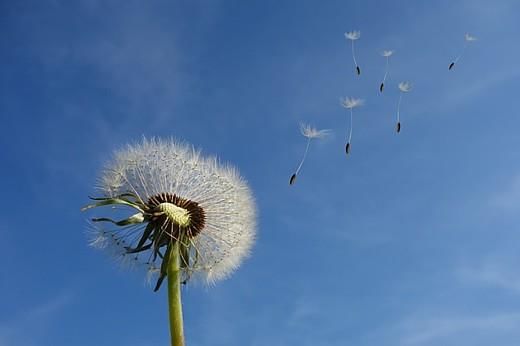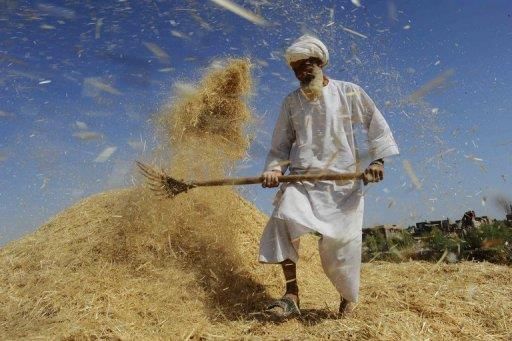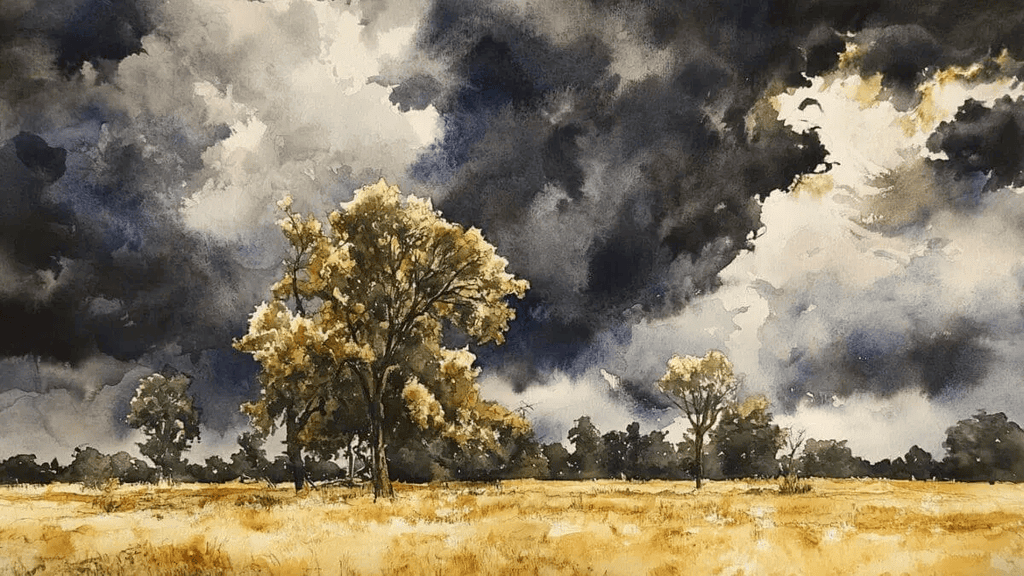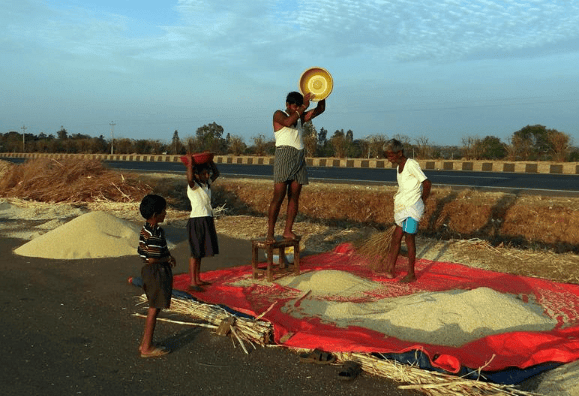|
Card: 2 / 40 |
The poet requests the wind to blow softly and not cause destruction by breaking windows, scattering papers, or throwing down books.  |
|
Card: 3 / 40 |
Fill in the blank: The poem describes the wind as a powerful force that can be ___ and has the ability to make fun of ___. |
|
Card: 6 / 40 |
False; the poet acknowledges the wind's destructive power and its impact on weak individuals.
|
|
Card: 8 / 40 |
The poet uses the wind as a metaphor for life's difficulties, suggesting that while weak individuals are easily broken by these challenges, stronger individuals emerge more resilient. |
|
Card: 9 / 40 |
What does the poet imply about the nature of the wind in relation to weak things? |
|
Card: 10 / 40 |
The poet implies that the wind is powerful and destructive, easily breaking down weak and delicate things such as houses, doors, and even people's lives and hearts.  |
|
Card: 11 / 40 |
True or False: The poet requests the wind to blow strongly to demonstrate its power. |
|
Card: 12 / 40 |
False. The poet requests the wind to come gently but is ignored, highlighting the wind's uncontrollable strength.  |
|
Card: 14 / 40 |
The poet's tone conveys sadness and criticism towards the wind's destructive nature, as it causes chaos and destruction to the weak. |
|
Card: 17 / 40 |
What metaphor does the poet use to encourage readers to face life's challenges in the poem about the wind? |
|
Card: 18 / 40 |
The poet uses the metaphor of building strong homes and locking doors tightly to symbolize the need for individuals to develop strength and resilience to withstand life's difficulties. |
|
Card: 19 / 40 |
The wind serves as a symbol of ___, representing challenges and adversities in life. |
|
Card: 21 / 40 |
True or False: The poet believes that being weak will help individuals maintain a good relationship with the wind. |
|
Card: 22 / 40 |
False. The poet suggests that only by being strong can individuals make the wind their friend and protect themselves from harm.  |
|
Card: 24 / 40 |
The poet compares individuals to wheat by stating that just as winnowing separates grain from waste, the wind differentiates between the resilient and the powerless, causing the weak to fall and be destroyed.  |
|
Card: 26 / 40 |
The poem highlights that the wind can be both a destructive force and a nurturing presence, depending on the circumstances. |
|
Card: 27 / 40 |
The message of the poem encourages individuals to be ___ and ___ to face life's challenges. |
|
Card: 29 / 40 |
True or False: The poet suggests that one should feel defeated by life's hardships. |
|
Card: 32 / 40 |
The poet addresses the wind directly, giving it human-like qualities and suggesting it can impact human lives and the environment. |
|
Card: 33 / 40 |
What literary device is exemplified by the repetition of the word 'don't' at the beginning of consecutive lines? |
|
Card: 34 / 40 |
This is called Anaphora, which emphasizes the message by repeating a specific phrase. |
|
Card: 36 / 40 |
It emphasizes the destructive power of the wind, highlighting how it crushes everything that is weak. |
|
Card: 37 / 40 |
Fill in the blank: Symbolism in the poem refers to the wind as a symbol for ___ in life. |
|
Card: 39 / 40 |
True or False: Alliteration is present in the phrase 'wind winnows' in the poem. |



























